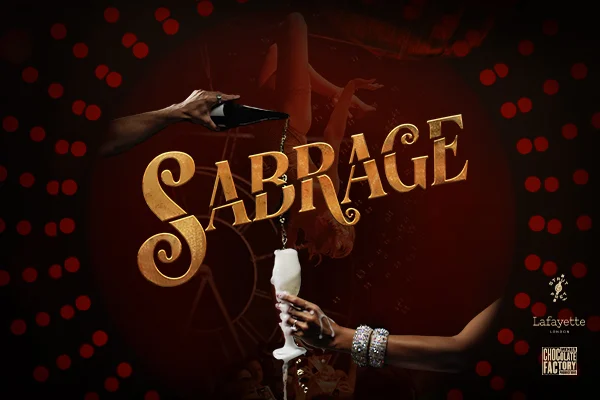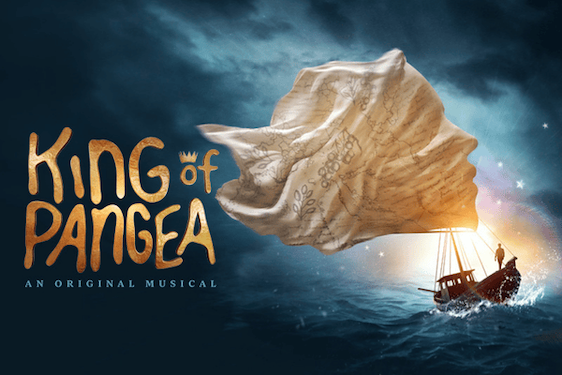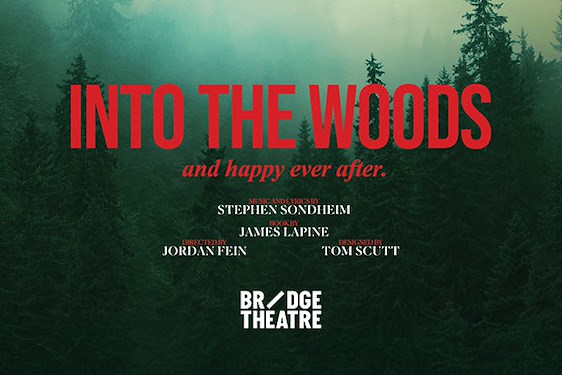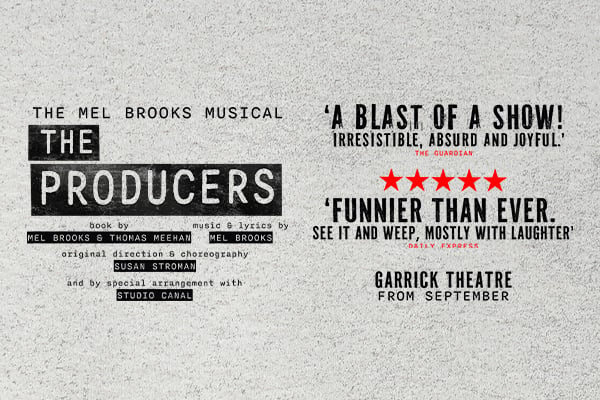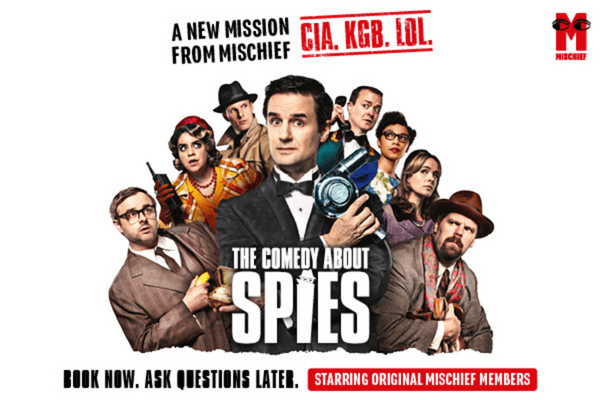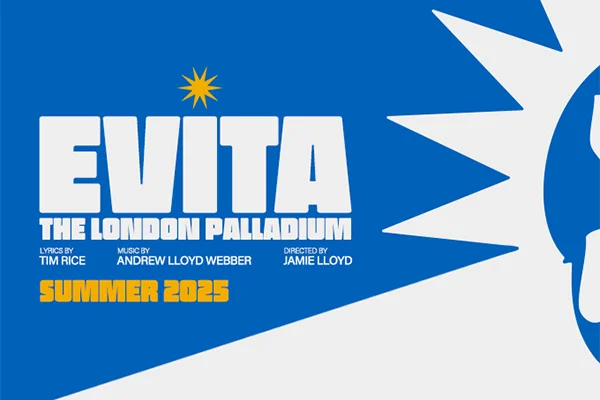I was interested in the credentials of the performer of The Vein, the Fingerprint Machine and the Automatic Speed Detector, whose intense manner and air of authenticity was captivating from the moment the ‘show’ started. She is Dr. Catherine Charrett, an Early Career Research Fellow for the Independent Social Research Foundation, currently based at Queen Mary University of London in the School of Politics and International Relations.
Brutal, tender, humorous and melancholic
The piece is based on the performer’s ethnographic observations of the technologies of occupation (of Palestine by the Israelis). She highlights the way in which the technologies of war and occupation are sold like washing machines. Here is technology that will do what you want and provide a sanitised service where you don’t have to see - or be troubled by - the dirt or the stains.
Using ‘performance drag’, documentary and satire, Dr. Charrett takes the part of a speaking roll of maps, a talking test tube (DNA is a useful way for an occupying force to gather evidence), a transcript of political rhetoric and a happy salesperson for instruments of surveillance.
More entertaining that one might imagine, Dr. Charett packs a powerful punch. This is not a subject that can be taken lightly. The decision to make a performance art piece from such an emotive subject is highly effective. The poetry of humanity doesn’t count in the arena of technology. What would a DNA test of a man’s tears tell you about his suffering?
Dr. Carrett herself clearly indulged in some surveillance of her own – filming checkpoints surreptitiously from her car. But there’s surveillance and surveillance. Two poles of a spectrum. Dr. Charrett’s surveillance for the purpose of revealing the truth, and military surveillance for the purpose of secretly subduing a population. In her Q&A, she stated that this piece is not so much a critique of technology as a critique of the European / colonialist idealisation of technological violence; a look at an industry of security technology, where extreme vulnerability is seen as an economic opportunity.
It takes a brave academic to take performance art and use it so effectively to make her point. This piece is way more than just a lecture, performed robustly and confidently, with flair and originality. She describes her performance as ‘brutal, tender, humorous and melancholic’ but I would add ‘poignant and well worth watching’.







